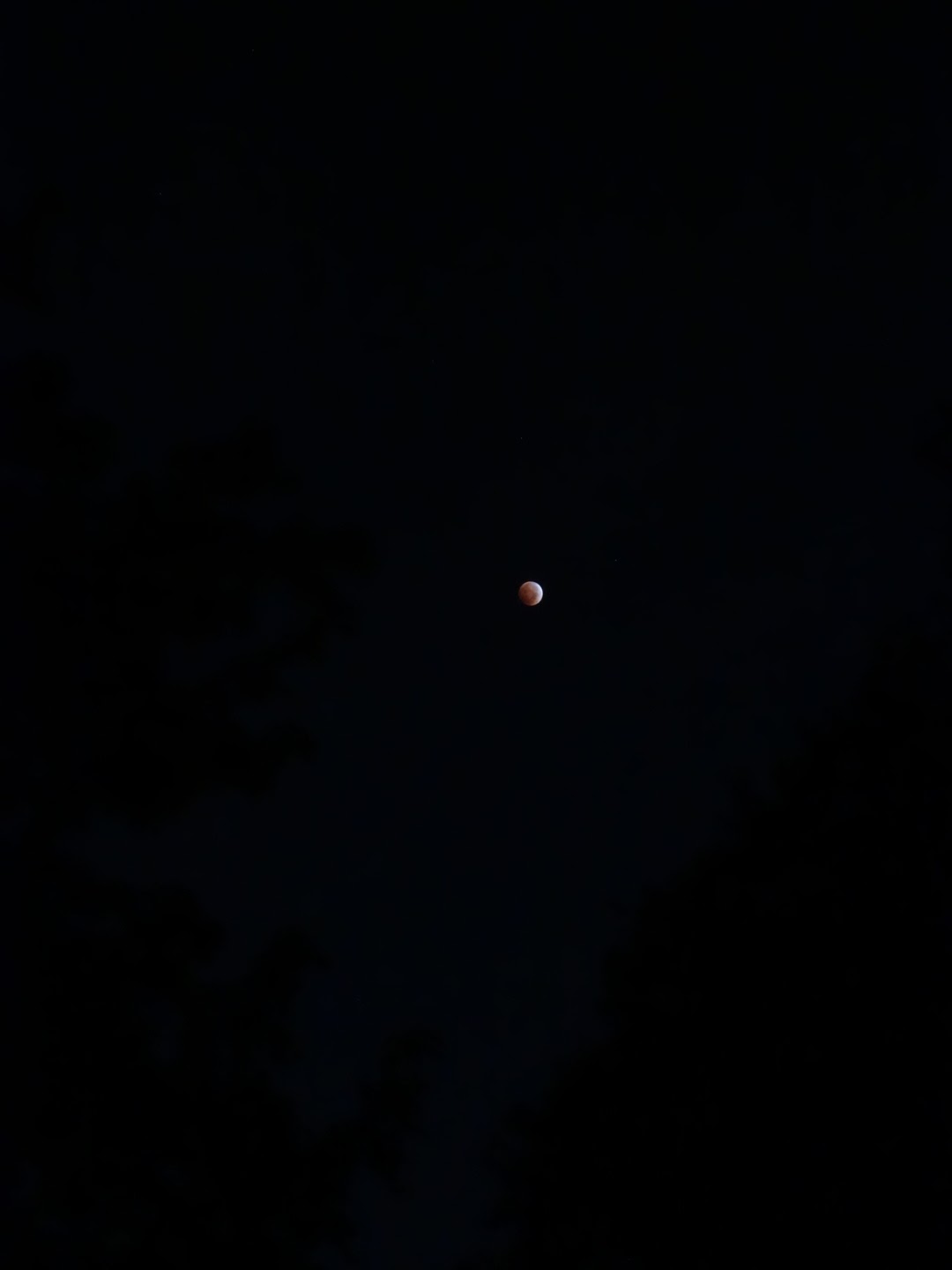Apple announced a new interesting desktop that actually has more pixels than its laptops making Apple desktop screens interesting again for some reason other than physical screen size. Apple has also been ahead of the curve on stopping the madness on too many pixels on its phone cameras.
While I think 4K TVs are a bridge too far and 1080p (or in the compatible terminology with 4K, a 1080p screen is 1920 wide is a "2K" screen) is plenty for movies and games, 4K is interesting for uses involving text and hi-res still images. As one experiences in Photoshop on most images, you need to either not see all the pixels by "fitting on screen" or zoom in and see "actual pixels". But for images from any iPhone, we just saw this crossover:
iMac Retina screen: 5120 x 2880
iPhone 4s/5/6 camera: 3264 x 2448
So you can (barely) get the whole camera image on there with "actual pixels". I expect this computer will be very popular with designers/artists/photographers.
Another interesting tidbit is similar to trends in phones, the screens are getting skinnier. While the camera sensor is 4x3 (like ever computer screen I had in the 80s and 90s), the monitor is 16x9 just like most phones these days.
Wednesday, October 22, 2014
Wednesday, October 8, 2014
Rendering lunar eclipses
In my googling I came across I lovely piece of work on rendering lunar eclipses by Theodore Yapo and Barbara Cutler. Here is my favorite part of their results (though not the prettiest-- check the rest out).
Impressive correspondence! Their online talk is a very nice summary of the work, and they have a good figure for the moon not being Lambertian:
So the BRDF of the moon is more like a stopsign than a sheet of paper.
Impressive correspondence! Their online talk is a very nice summary of the work, and they have a good figure for the moon not being Lambertian:
So the BRDF of the moon is more like a stopsign than a sheet of paper.
iPhone 6+ test on eclipse
Here is a shot from Utah (ok dark sky but urban) with the iPhone6+. It's auto mode ended up at 1/4s exposure. I also used the DSC-QX100 from the last blog post.
Obviously neither of these cameras is designed for serious low light photography and the web will be filled with cool images from amazing cameras today. But I am overall impressed with how well they both do.
 |
| iPhone 6+ |
 |
| Sony 1/8s exposure (auto) zoomed max |
 |
| closeup Sony and iPhone 6+ |
Tuesday, October 7, 2014
Very low-light test of iPhone6+ vs DSC-QX100
Here is a test against the Sony DSC-QX100 in very low light. It is DARK, Like movie theater near the exit sign dark (that's as close as we will get to units). I include this photo from the link above so you know it is a weird animal and not a conventional camera. I like it, but I don't know if it is getting a lot of traction or not.
The sensors and such are quite different:
In fact, I'd say the iPhone 6+ picture is subjectively more realistic. But lets scale it up in photoshop and see how much information is there.
Conclusion: in some situations you just need a big low-light sensor!
Sergey Schetinin suggested in the comments there might be good info in the exif files (stripped in the images above) and I just grabbed the free version of exif wizard (really nice little program! I will get the pro one). Here are some screen dumps (interesting both 1/4s):
 |
| Sony DSC-QX100 (from drpreview.com) |
- iPhone 6, 1/3" CMOS (? any camera nerds know more?) sensor
- QX100, 1.0" Exmor R BSI CMOS sensor
 |
| Sony QX100 |
 |
| iPhone 6+ |
 |
| iPhone6+ scaled in photoshop |
Sergey Schetinin suggested in the comments there might be good info in the exif files (stripped in the images above) and I just grabbed the free version of exif wizard (really nice little program! I will get the pro one). Here are some screen dumps (interesting both 1/4s):
Saturday, October 4, 2014
HTC One vs iPhone6+ low light
My impression from earlier tests was that indoors the HTC One and the iPhone 5s cameras were about a tie. So I would expect the iPhone6+ to be a clear winner. In low light (subjectively, where I would have trouble reading but not "dark") here is the HTC One:
And the iPhone6+
And some closeups. The yellow label is where we focused.
All in all, the new phone is better, but the HTC One is more than respectable!
 |
| HTC One |
 |
| iPhone 6+ |
 |
| Left: iPhone6+. Right HTC One. 100x100 pixels |
 |
| Left: iPhone6+. Right HTC One. 100x100 pixels |
Subscribe to:
Posts (Atom)



